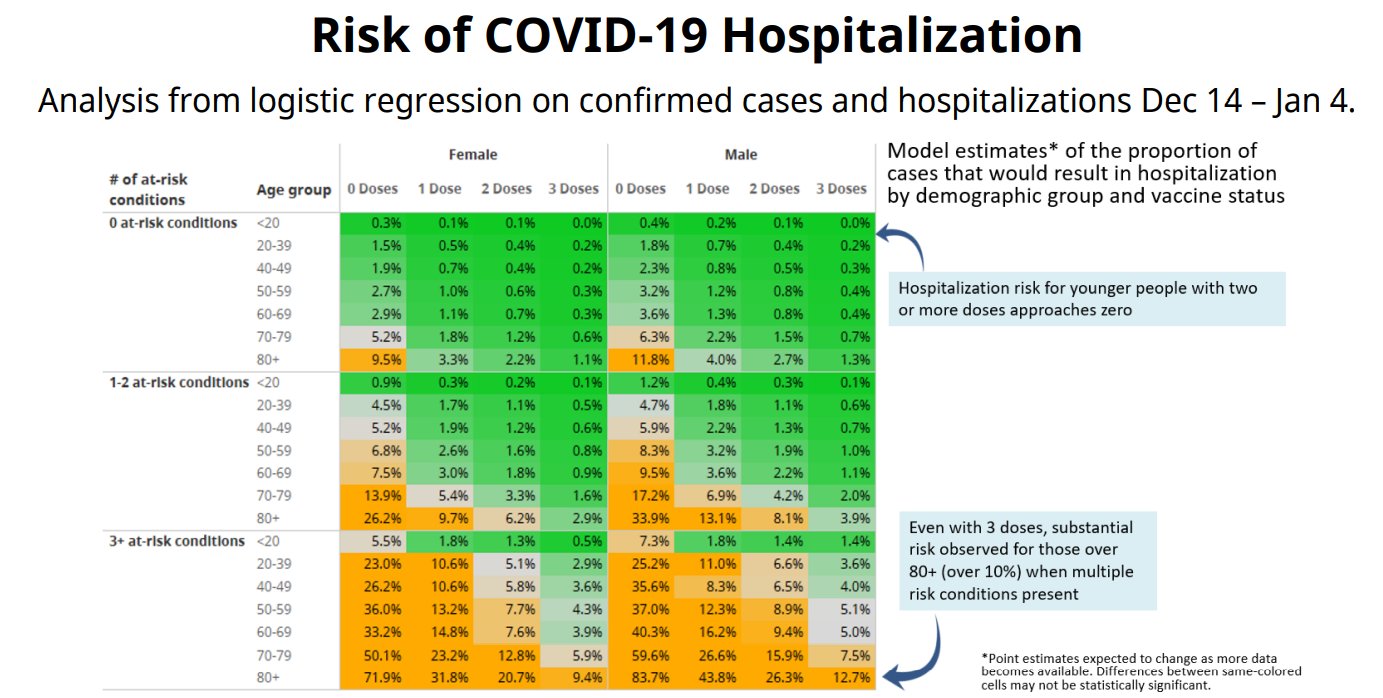Staff protocols: COVID testing, COVID exposure, COVID symptoms, COVID positive, Booster Shots, Living carefully in Omicron
Updated February 14 & 15th, 2022
Covid Exposure:
A COVID exposure (close contact) happens if you have been within 6 feet of someone for a cumulative total of 15 minutes or more over a 24-hour period) with someone who has COVID-19. (CDC definition). This exposure means it is likely that you have had contact with the coronavirus in a manner that promotes transmission and increases the likelihood of disease.
- Staff who have had a COVID exposure should take a rapid test. Rapid tests are available through the Visitation Host BEFORE entering the building. If you are ON shift and do not feel well, please report to your Manager first or the Nurse to get a Rapid Test. If negative, you can continue to work. Advise your supervisor and rapid test for 7 consecutive days to ensure that you have not contracted COVID. If supplies are low, you will not be able to rapid test daily. Self-monitor and self-isolate if you become symptomatic.
- *UPDATED FEB 14/22* – Staff who are asymptomatic and living in a household with a COVID positive individual may come to work and must monitor for symptoms and complete a rapid test prior to each shift for 7 days. if the team member becomes symptomatic they must stay home.
- Can you rapid test your family members who are symptomatic with rapid tests? No. Due to the shortage of rapid tests in the community, they are only available for use by staff. They are no longer available to take home to test your loved ones. If your loved one has symptoms, presume that they have COVID and act accordingly. They should self-isolate and self-monitor.
Covid Positive:
Staff who test positive for COVID may return to work after 5 days if mildly symptomatic or no longer symptomatic.
Symptomatic:
- Symptomatic while working: Staff who begin to feel symptomatic while at work may take a rapid test. Ask your supervisor, the nurse or Visitation Host for a rapid test. Report your rapid test result to staffing and your supervisor and go home. Self-isolate and self-monitor. Get a PCR test at the COVID test site, saying that you are a healthcare worker – appointments are not always needed.
- Symptomatic prior to your shift: Staff who are symptomatic PRIOR to their shift may come to the main entrance of Menno Home or Hospital (10am-6pm, 7 days/week) to get a rapid test from the Visitation Host. Get a PCR test at the COVID test site, saying that you are a healthcare worker – appointments are not always needed.
- Staff who are symptomatic prior to shift and live too far to drive in for rapid test: Staff who are symptomatic and live too far away to drive in for a rapid test can self-monitor and isolate without a rapid test (presume you have COVID and act accordingly). If your symptoms resolve PRIOR to 5 days after onset of symptoms, come to work and rapid test PRIOR to entering the building. Get your rapid test from the Visitation Host at the main entrance of Menno Home or Hospital. Get a PCR test at the COVID test site, saying that you are a healthcare worker – appointments are not always needed.
- Staff whose symptoms are too severe to drive in for a rapid test: Do not drive in to get a rapid test. Presume you have COVID and act accordingly. Self-isolate and self-monitor. If your symptoms resolve PRIOR to 5 days after onset of symptoms, drive to work and rapid test PRIOR to entering the building. Get your rapid test from the Visitation Host. Get a PCR test at the COVID test site, saying that you are a healthcare worker – appointments are not always needed.
- Always report to Staffing: Call Staffing to let them know that you are sick and your results of your rapid test (if you took one). Self-isolate and self-monitor.
- Symptomatic with negative PCR test: Do not return to work for 5 days or until your symptoms resolve. Just because you do not have COVID doesn’t mean you won’t spread what you DO have. If your symptoms resolve prior to 5 days with a negative PCR test, return to work.
How do you count five days?
The first day that you are symptomatic is day zero. Count five full 24 hour days after day zero. You may return to work if your symptoms have resolved or are mild on the 6th day.
Example: For example, if you wake up with a sore throat on a Saturday morning, Saturday is day zero. Take a rapid test or PCR test (better). Continue to self-isolate and self-monitor for five full 24 hour days (Sunday, Monday, Tuesday, Wednesday, Thursday). If your symptoms are resolved completely or are mild, you may return to work on the 6th day after you initially had a sore throat. If your symptoms have NOT resolved (a productive cough), do NOT return to work until they have resolved completely or are mild.
Scroll to the bottom for a list of COVID symptoms.
COVID Testing:
-
- Mandatory rapid testing NOT required at this time: Due to the shortage of Rapid Tests in the community, staff are no longer required to rapid test prior to each shift. Therefore rapid tests are no longer located at staff entrances.
- Where can you get a rapid test? If you are COMING on shift, see Visitation Hosts BEFORE entering the building for your shift. If you are ON shift and do not feel well please report to your Manager first or the Nurse to get a Rapid Test from the Medication Room.
- Are you required to get a PCR (swab or gargle) test? No. Some staff are waiting more than 3 days to get their PCR test. Presume you have COVID and act accordingly – self-isolate and self-monitor. If you are able, come to Menno Home or Menno Hospital to get a rapid test from the Visitation Host. They will provide one if there is a supply.
- IF you take a rapid test – Rapid tests take 15 minutes – remember to wait the FULL 15 minutes in order to see the results of your test. These results may be very faint.
Booster Shot:
It’s time to get your 3rd shot! If you had your 2nd vaccination PRIOR to July 15, 2021, you are eligible for the booster. Some staff have found that they are not getting notified when to come in for the booster. If you don’t get a text or email AND you are more than 182 days past your 2nd vaccination, go to the Book Booster website.
If you are unable to book online and have proof that you received your 2nd dose PRIOR to July 15th, go to a vaccination site with your proof of vaccination and your Menno Place Identification card. Tell them that you are a healthcare worker (anyone employed at Menno Place) and ask for a booster shot.
At this time, records show us that many of our staff do NOT have the additional layer of protection from the 3rd booster shot.
The 3rd booster increases the efficacy of the vaccine you received from 60-75% up to 80-88%. Our vaccines are losing efficacy over time. The booster brings back that protection for you and those with whom you interact (family, friends, work colleagues, residents and those in your community). Getting your booster shot protects the residents you love and serve.
Living in the Age of Omicron – There’s a lot of COVID in our community
As a healthcare worker who works with vulnerable people, you are once again being asked to live as carefully as you can as you navigate your life outside of your work. We recognize that you have lived this way for two years with very little reprieve. We know that you have the training and daily experience of wearing PPE safely, using hand hygiene and social distancing – and you are vigilant! We also know that, even when you go into a grocery store these days, you are risking an exposure. That is simply because the prevalence of omicron and it’s highly transmissible nature has brought an entirely different climate for transmission of COVID.
What can you do to keep yourself safe?
- Always wear your mask when you are with others. Have a small bubble of people with whom you take your mask off. Keep your mask on even with your closest friends. Use a medical mask at all times that is; pinched on your nose, covers your mouth and covers your chin. The medical mask you wear at work is much better at protecting you than a cloth mask will.
- Carry hand sanitizer and use it often. Do you have hand sanitizer in your vehicle, in your purse, your backpack? Carry it with you and use it after all common touch points.
- Limit your activities with others indoors – this includes restaurants, visiting in homes of friends, going to a restaurant or indoor event, going to a worship service or gathering. Even if others aren’t wearing a mask, wear yours.
- Be vigilant when you take breaks at work – only enter your unit’s break room. Sit 6 feet apart when you eat your lunch. Put your mask back on as soon as you have finished eating or drinking.
- Do your best with small children, school, pre-school and family activities. Many of you have children and grandchildren who are in school. By definition, your family has a larger bubble of exposure. Encourage your children to be vigilant with their mask. Be extremely careful with children under age 5 who do not (yet) have the layer of protection that comes from vaccination. Have fun outside if you can. Hikes in the forest canopy aren’t as rainy as the open playground. Keep your children and grandchildren active in the safest places from COVID – outdoors.
- Recognize that omicron is transmitting at a rate that is nearly impossible to curb. If you do contract COVID, it is a reflection of the high transmissibility and the high prevalence in the community.
- Get all the shots of vaccine that you can. GET THAT BOOSTER! Vaccination is the most significant protection from COVID. Do this for yourself and those you love.
Thank you.
As always, we thank YOU, the Heart of Menno Place, for your deep care and skill for the residents for whom you’ve been entrusted. This is a job and it’s also a calling – a meaningful and very special privilege to provide care and compassion to those who call Menno Place their home.
You’ve got this!
Self-monitoring – Ask yourself 2x per day:
Do you have any new or worsening* symptoms of COVID-19?
-
- Fever or chills?
- Cough?
- Sore throat?
- Extreme fatigue or tiredness?
- Body aches? Muscle aches?
- Diarrhea?
- Difficulty breathing?
- Loss of sense of smell or taste?
- Loss of appetite?
- Headache?
- Nausea
What is your risk of hospitalization due to COVID?
Check out this chart that was created by the BC Ministry of Health – download the PDF Worksheet here.
How to use the chart:
1. Identify the number of risk-conditions that you have from this list:
-
Cancer
-
Cardiovascular disease
-
Cerebrovascular disease
-
Chronic kidney disease
-
Chronic respiratory disease (eg: chronic obstructive pulmonary disease (COPD), asthma, pulmonary hypertension, bronchiectasis)
-
Diabetes
-
Down syndrome
-
Hypertension
-
Immunosuppression and immunodeficiency
-
Obesity (BMI >30)
-
Organ transplant
-
Pregnancy
-
Sickle cell disease
-
Substance use (eg: injection drug use, problematic alcohol use)
-
Schizophrenia and psychotic disorders
Find more information on Risk Factors for Severe COVID-19 Disease: CLICK HERE
2. Find the appropriate cell on the chart that identifies:
- # of risk conditions
- your gender
- your age
- your number of vaccine doses
Examples:
A 55 year old woman with diabetes and 2 vaccinations has a 1.6% risk of COVID-19 hospitalization. If she were to get her booster shot, she would decrease her risk by 50% to 0.8%.
A 30 year old man living with substance abuse, hypertension and obesity (3 at-risk conditions) and zero vaccinations has a 25.2% risk of COVID-19 hospitalizations. He could reduce that risk to 3.6% with a full course of vaccinations (3 doses).
An 99 year old man with 3+ at-risk conditions and 0 doses of vaccine has an 83.7% risk of COVID-19 hospitalization. This could be reduced to 12.7% with a full course of vaccinations (3 doses).
Who is at greatest risk?
The highest risk for COVID-19 hospitalization is for the 80+ individuals who have 3+ at-risk conditions. This represents many of the people for whom we provide care at Menno Place.



